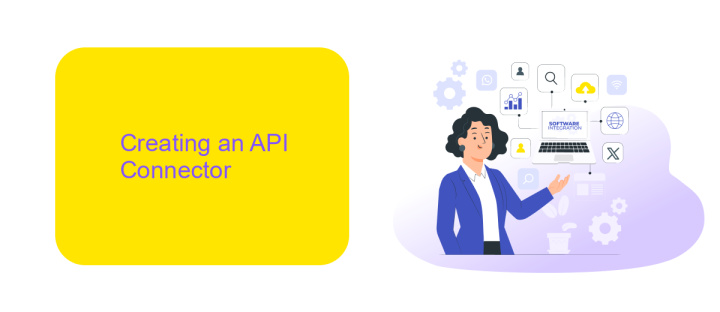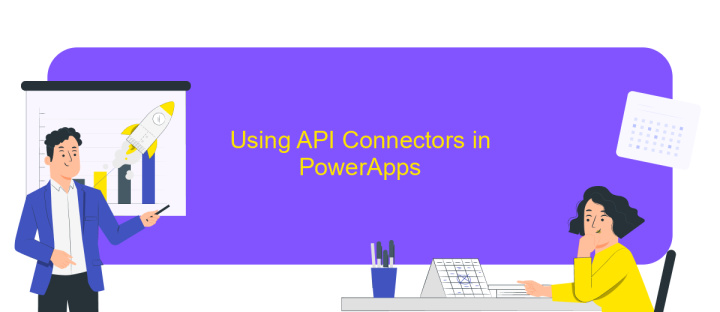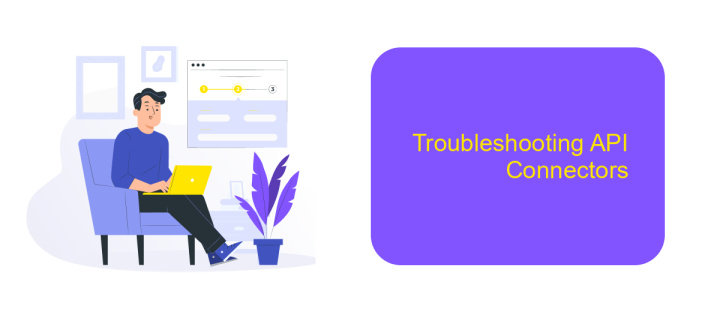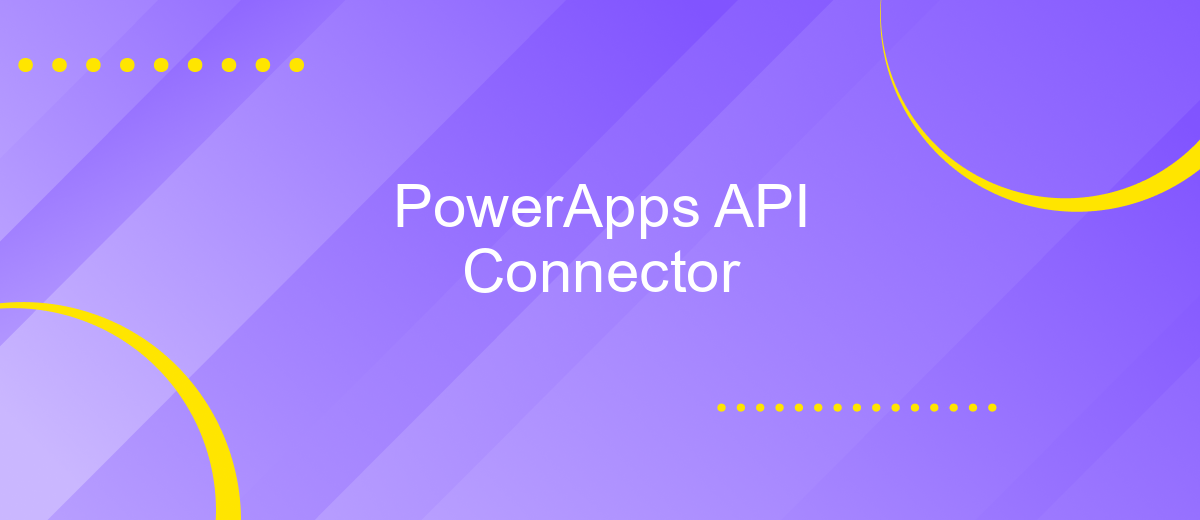PowerApps API Connector
PowerApps API Connector is a powerful tool that enables users to seamlessly integrate and interact with various external data sources within their PowerApps applications. By leveraging the capabilities of API connectors, organizations can enhance their app functionalities, streamline workflows, and improve data accessibility. This article explores the key features, benefits, and practical applications of PowerApps API Connector, providing insights into how it can transform your business processes and drive innovation.
Introduction
PowerApps API Connector is a versatile tool that enables seamless integration between Microsoft PowerApps and various external services. By leveraging this connector, users can extend the capabilities of their apps, accessing data and functions from other platforms without complex coding. This integration facilitates the creation of dynamic, responsive applications tailored to specific business needs, enhancing productivity and efficiency.
- Connect to a wide range of third-party services and APIs.
- Enable real-time data access and updates within your apps.
- Streamline app development with simplified API management.
- Enhance user experiences with seamless data integration.
With PowerApps API Connector, businesses can bridge the gap between disparate systems, ensuring a cohesive digital environment. This not only reduces the time and resources needed for development but also empowers users to create more sophisticated applications. As organizations increasingly rely on digital solutions to drive growth, the ability to easily integrate and manage APIs becomes crucial, making PowerApps API Connector an essential tool for modern enterprises.
Creating an API Connector

Creating an API Connector in PowerApps allows you to seamlessly integrate external services into your applications, enhancing their functionality and connectivity. To begin, navigate to the PowerApps portal and select the 'Data' section. From there, choose 'Custom Connectors' and click on 'New Custom Connector'. You'll be prompted to provide a name and, optionally, an icon for your connector. After this, you'll need to define the API endpoint, authentication type, and any necessary headers or parameters that the API requires. PowerApps supports various authentication methods, including OAuth 2.0, API key, and basic authentication, allowing you to securely connect to your chosen service.
Once the initial setup is complete, you can further refine your API Connector by defining actions and triggers that correspond to the API's endpoints. This involves specifying request and response details, such as HTTP methods, query parameters, and response formats. For those seeking an easier way to manage integrations, consider using a service like ApiX-Drive. ApiX-Drive simplifies the process of connecting different applications, offering a user-friendly interface and pre-built connectors for various platforms. By leveraging such tools, you can streamline the integration process, allowing you to focus on building powerful and responsive applications in PowerApps.
Using API Connectors in PowerApps

API Connectors in PowerApps provide a seamless way to integrate external data sources and services into your applications. By leveraging these connectors, you can enhance the functionality of your apps, allowing them to interact with a wide range of APIs. This capability is essential for creating dynamic and data-driven applications that meet specific business needs.
- Identify the API you want to connect with PowerApps. Ensure it supports RESTful services and has accessible documentation.
- In PowerApps, navigate to the Data tab and select "Add data." Choose "Custom connectors" to begin the setup process.
- Follow the wizard to configure the connector, providing necessary details such as API endpoint, authentication, and request parameters.
- Test the connector within PowerApps to ensure it retrieves and displays data correctly.
- Integrate the connector into your app by using the data it provides in forms, galleries, or other controls.
By using API Connectors, developers can significantly expand the capabilities of their PowerApps solutions. This integration not only facilitates real-time data access but also promotes efficient workflows by connecting various systems and automating processes. As a result, businesses can achieve greater flexibility and responsiveness in their operations.
Troubleshooting API Connectors

When working with PowerApps API Connectors, encountering issues can be inevitable. These challenges might stem from various factors, including incorrect configurations, authentication problems, or network issues. Understanding the root cause is crucial for effective troubleshooting.
To start, ensure that all API credentials and configurations are correctly set. Often, minor errors in these settings can lead to significant connectivity problems. It's also important to verify that the API endpoint is active and accessible, as downtime or changes in the API can cause disruptions.
- Check API credentials: Ensure they are up-to-date and correctly entered.
- Verify network settings: Make sure there are no firewall or proxy issues.
- Review API documentation: Confirm that the API has not changed.
- Test with a different tool: Use another API client to isolate the issue.
If problems persist, consult PowerApps community forums or Microsoft support for further assistance. These resources can provide insights and solutions from other users who might have faced similar issues. Regularly updating your API connectors and staying informed about any changes in the API can also help prevent future problems.
Future of API Connectors
The future of API connectors is poised to revolutionize how businesses integrate and automate their workflows. As digital ecosystems continue to expand, the demand for seamless connectivity between disparate applications and services grows exponentially. API connectors will evolve to become more intelligent, leveraging AI and machine learning to predict integration needs and optimize data flows. This will enable organizations to streamline operations, reduce manual intervention, and enhance decision-making processes.
Moreover, platforms like ApiX-Drive are leading the charge by offering user-friendly interfaces that simplify the integration process. These platforms will likely incorporate advanced features such as real-time analytics, enhanced security protocols, and customizable automation rules. As a result, businesses of all sizes will be empowered to create robust, scalable integrations without the need for extensive technical expertise. The evolution of API connectors will thus play a pivotal role in driving digital transformation, enabling companies to remain agile and competitive in an ever-changing technological landscape.
FAQ
What is PowerApps API Connector?
How do you set up a custom connector in PowerApps?
What are the authentication methods supported by PowerApps API connectors?
Can PowerApps API Connector be used for automation and integration?
Are there any limitations to using PowerApps API Connector?
Routine tasks take a lot of time from employees? Do they burn out, do not have enough working day for the main duties and important things? Do you understand that the only way out of this situation in modern realities is automation? Try Apix-Drive for free and make sure that the online connector in 5 minutes of setting up integration will remove a significant part of the routine from your life and free up time for you and your employees.

